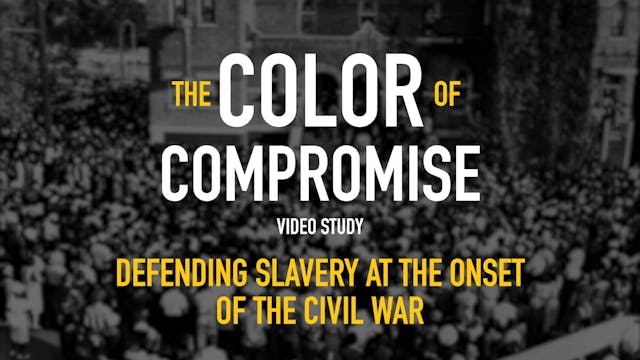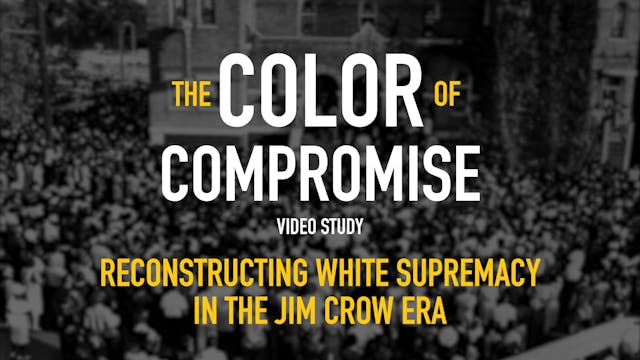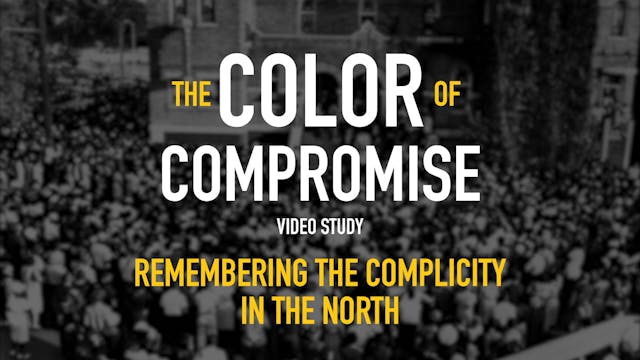The Color of Compromise - Session 4 - Institutionalizing Race in the Antebellum Era
Color of Compromise (Jemar Tisby)
•
24m
The antebellum period was a time of compromise and complicity. During this time, many Christians engaged in evangelism to enslaved and freed blacks. The black church grew, laying the foundation for a distinctive tradition that would stand at the center of the black freedom struggle for the next century. Competing understandings of freedom, equality, and belonging in both the country and the congregation would soon explode into Civil War.
Up Next in Color of Compromise (Jemar Tisby)
-
The Color of Compromise - Session 5 -...
During the Civil War, pastors and theologians supported the Confederacy by providing theological ballast and biblical backing for the continuation of slavery. They prayed over the troops, penned treatises on the inferiority of black people, and divided denominations such as the Methodists, the Ba...
-
The Color of Compromise - Session 6 -...
In the South after the Civil War, the Christian-Confederate connection was visible in public spaces and in houses of worship in their monuments, memorials, and ceremonies. The Ku Klux Klan emerged, fusing Christianity, nationalism and white supremacy into a toxic ideology of hate. Jim Crow laws, ...
-
The Color of Compromise - Session 7 -...
Christians of the North have often been characterized as abolitionists, integrationists, and open-minded citizens who want all people to have a chance at equality. Christians of the South, on the other hand, have been portrayed as uniformly racist, segregationist, and antidemocratic. The truth is...



